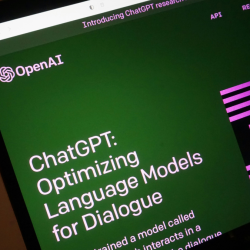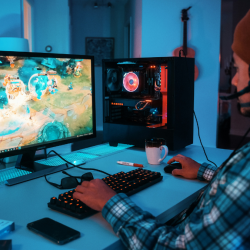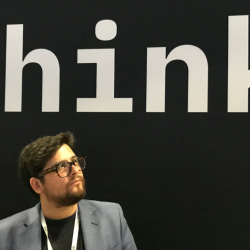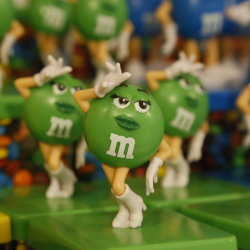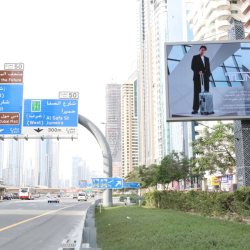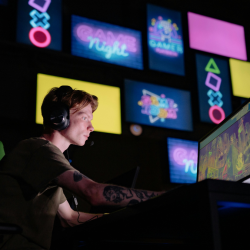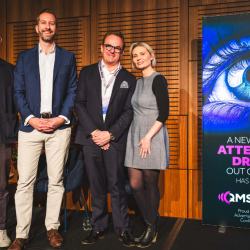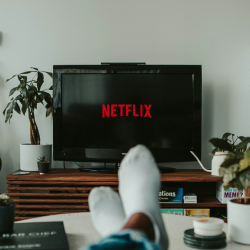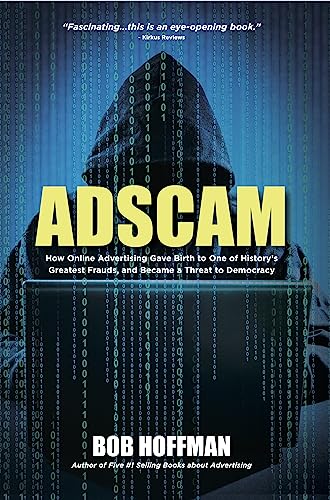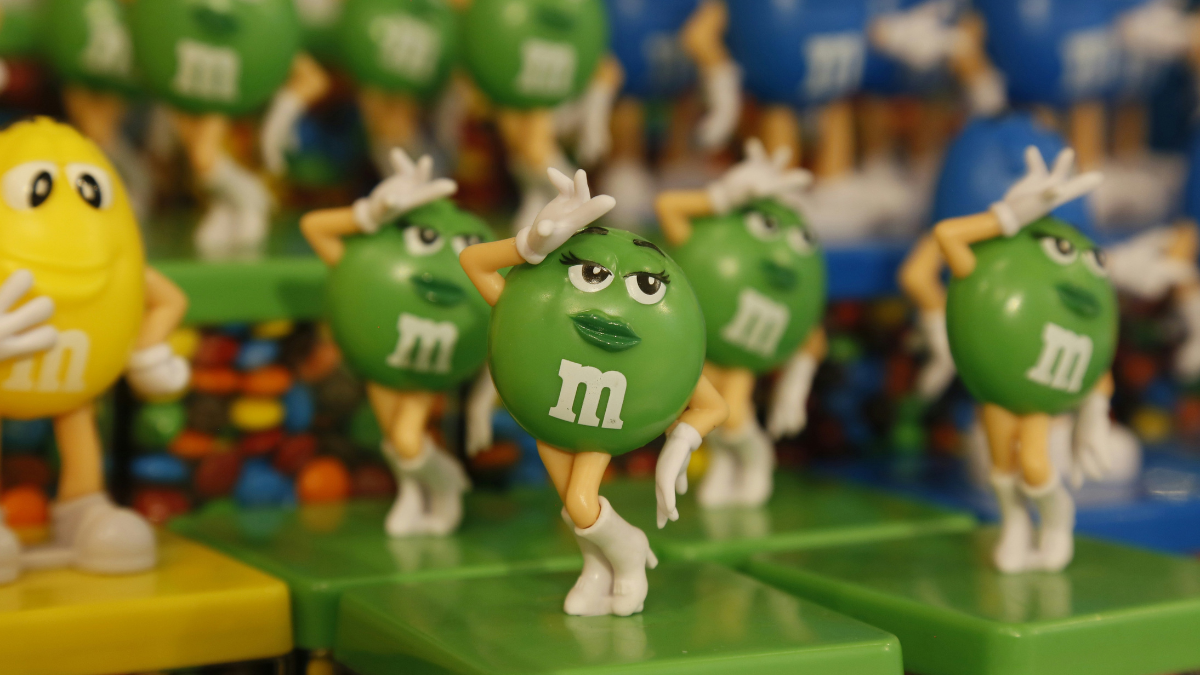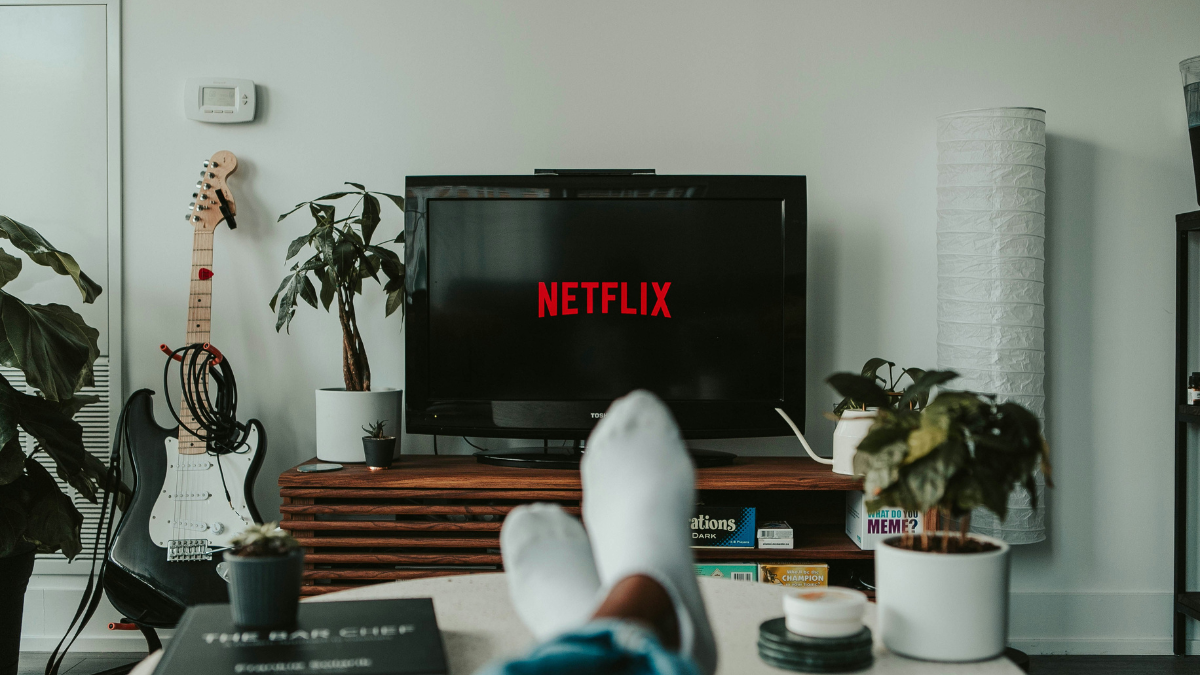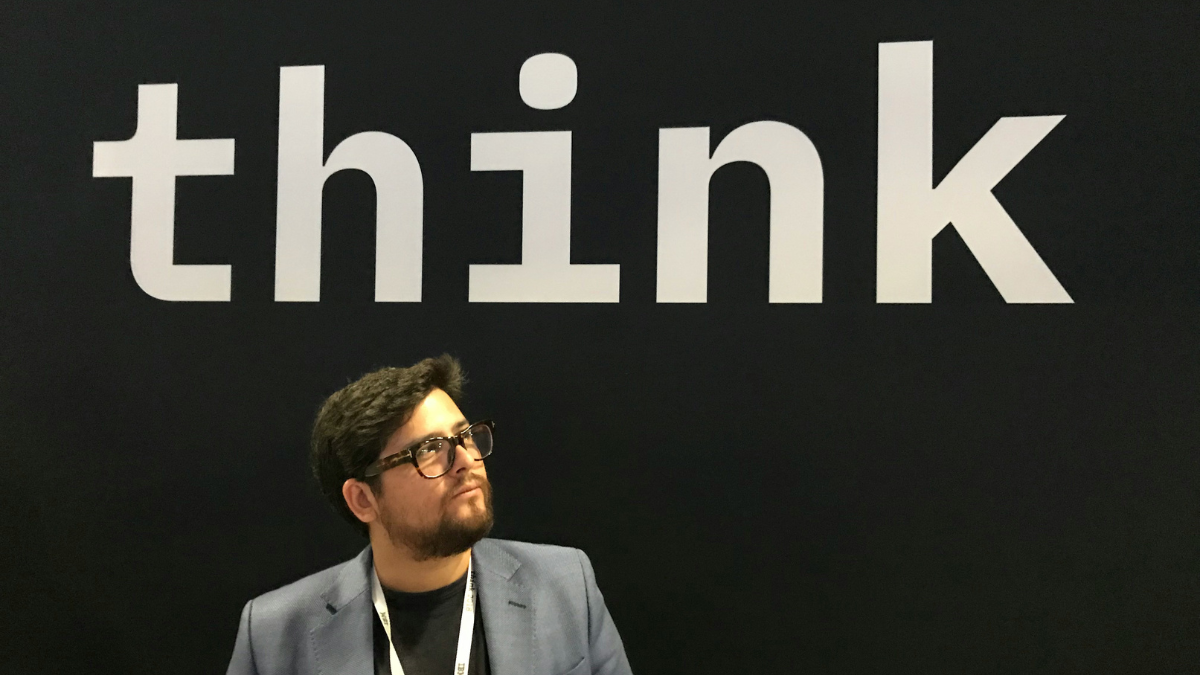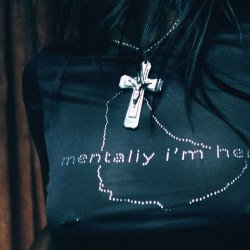In Scott Galloway’s most recent No Mercy/No Malice blog he talks about the threats to Hollywood, and towards the end he mentions the threat of AI. ‘Bangkok-based directors aren’t the only ones coming for Hollywood jobs — so is AI. The industry is a cornucopia of AI use cases. You could spend $80,000 on a good sound designer, or you could spend $1,000 for an annual subscription to an AI tool that does slightly inferior work. Slightly. With production budgets tightening, producers will select the latter, not because they want to but because they have to.‘
I think this paragraph highlights the real threat of AI to the creative industries (including marketing and advertising), and the most terrifying word in there is the one I’ve highlighted.
Slightly.
Slightly inferior work. What Galloway highlights in his example as a cost reduction of 98.75% (80/1 x 100 = 1.25%). And I think he’s right. This kind of thinking will also apply to the advertising industry. However, I disagree with his final sentence. Hollywood producers might not want to replace humans with AI — but ad agency executives absolutely will! Martin Sorrell said as much in his interview on the Uncensored CMO podcast with Jon Evans at Cannes Lions last year: ‘What would you prefer to do? Use a 25-year-old media planner or buyer — or an algorithm?‘
Sorrell is obviously well known for keeping staffing costs as low as possible, and AI means he — and others like him — can now do this whilst delivering only slightly inferior work. It’s a deal they’ll take every day of the week.
This analysis paints a very cynical picture. AI-made ads, generated by AI creative tools, using AI copywriters, distributed by AI planning algorithms, bought using automated AI bidding platforms, are shown across social media to AI bots, that drive AI clicks to AI-optimised ecommerce platforms, that show huge amounts of fantastic site traffic results on AI-generated reports.
All of this done at a fraction of the cost of a human agency team, whilst still charging the none the wiser client the same fees (even slightly reduced fees!) and pocketing a big old real-life cash bonus for the agency CEO and the board.
If you think that is a massively overexaggerated reality, then read any of Bob Hoffman’s books and you’ll see we aren’t that far away from this AI-powered digital dystopia. However, I believe there is hope for humans in the advertising and marketing industry, and it relies on going back to basics and remembering what makes advertising work. And that is: being different!
The weakness of this AI-powered, ad agency CEO money-spinning future is that, before long, every ad campaign will look like an AI-created one. As more appear the viewing public will begin to tell what’s an AI ad and what is not. Even if they can’t, they are likely to start complaining that ‘all ads look the same.’ This already happens in the Auto industry, where every car ad looks the same (except Fiat). And it’s already been happening out there in the real world, too, over the past decade, as social media algorithms and the obsession with ‘Instagrammability’ have caused small businesses around the world to copy each other’s style, look and communications; to appeal to customers.
There’s a fantastic explanation of this in this recent Guardian article by Kyle Chaka. It’s a long read, but well worth it. This algorithm-driven world of sameness provides opportunity for the human advertiser/marketer.
Be different!
It’s what Dave Trott teaches in his talks about creativity. If everyone does X, you should do Y. If everyone else then copies you — including AI creative tools — and they all start doing Y as well, then you should start doing X. On top of that, it’s still going to take a human to convince a CMO (and a CEO) to buy a risky and different idea.
AI isn’t going to tell the CEO of Fiat to be in a two-minute long, colourful ad. And then put it on TV and cinema screens. AI isn’t going to put a gorilla behind a drum kit and remove all signs of chocolate. AI isn’t going to make the Meerkat Russian.
So whilst everyone else reduces their costs and creates fast, cheap, efficient, AI-generated ads which look the same as even the smallest brand’s ad campaign — it’s those that continue to try something different that will be the big marketing successes of the next decade.
Featured image: Alejo Reinoso / Unsplash
